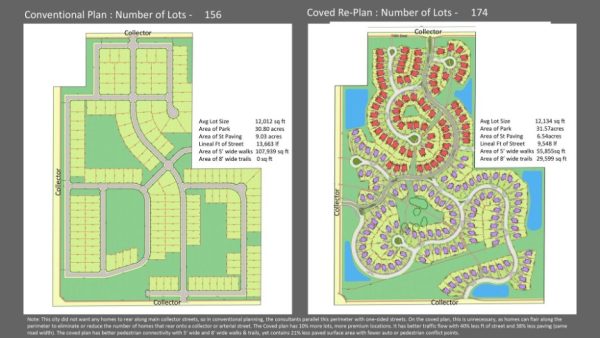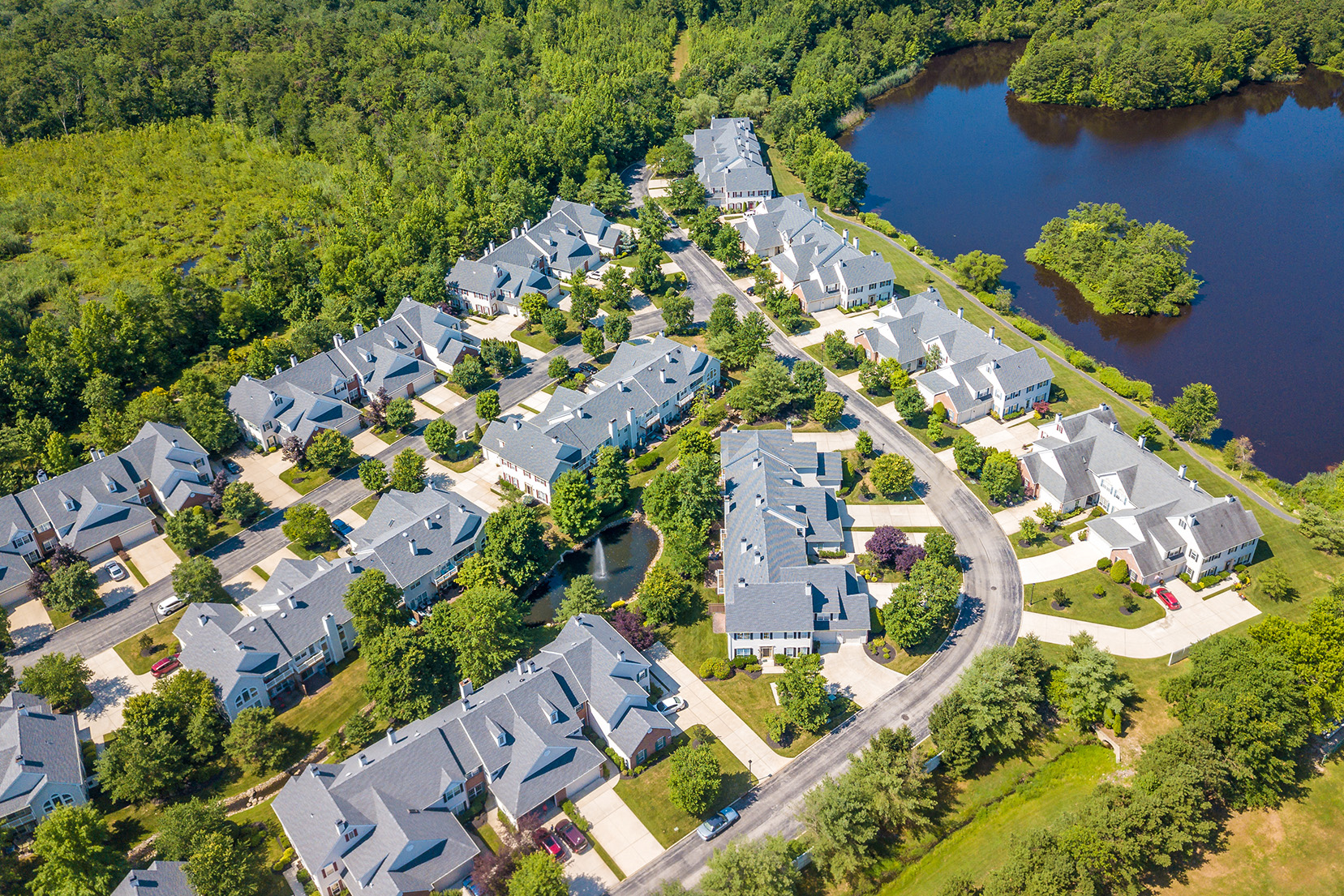In recent years, master planned communities have emerged as an innovative approach to urban development, offering a holistic living experience that goes beyond traditional neighborhoods. Home buyers are increasingly drawn to social connectivity in outdoor spaces, and access to water areas that these carefully designed communities offer.
Let’s explore the key elements that make master planned communities stand out in today’s real estate landscape.
Mixed-Use Development: The Heart of Community Living
At the core of master planned communities is the concept of mixed-use development. This approach seamlessly blends:
- Residential areas
- Commercial spaces
- Educational institutions
- Recreational facilities
By integrating these elements, residents can enjoy a self-contained lifestyle where work, play, and daily necessities are all within easy reach. This not only enhances convenience but also fosters a strong sense of community among residents.
Land Development Principles: Diversity and Quality
Master planned communities are built on solid land development principles that prioritize:
- Diverse Options: These communities appeal to a broad audience from first-time homebuyers, families, and retirees catering to different lifestyles and family sizes. They offer a spectrum of affordability from apartments and townhouses to single-family homes and luxury estates.
- Comprehensive Amenities: High-quality amenities such as parks, fitness centers, community spaces, and cultural events are integral to the development, enhancing the overall living experience.
Innovative Site Design: Creating Livable Spaces
The site design of master planned communities is a crucial factor in their success. Key aspects include:
- Strategic Location and Connectivity: These communities are often situated in areas with good accessibility to urban areas and major employment centers while maintaining a sense of retreat.
- Strong Community Identity: Unique architectural styles, landscaping, and community events help create a distinct identity and foster a sense of belonging among residents.
- Environmental Integration: Many master planned communities lean into environmental opportunities, preserving natural features and incorporating green spaces.
- Innovative Design: These communities often feature cutting-edge design elements that enhance lifestyle offerings and create visually appealing landscapes.
- Enhanced Security: The layout and design of these communities often incorporate security features, providing peace of mind for residents.
Conventional vs. Coved Design
An interesting development in master planned communities is the shift from conventional or grid to an award-winning coved design, pioneered by Rick Harrison Site Design. This innovative approach creates more green space and a more organic flow within the community. Instead of traditional grid layouts, roads are designed to optimize flow for both vehicular and pedestrian traffic, making navigation easier, safer, and more appealing.

Coved design aims to:
- Increase usable space
- Improve the scale of roads and lots
- Enhance the overall aesthetic appeal of the community
Examples of Successful Master Planned Communities
Florida and Texas are the top selling states for Master Planned Communities. Several successful models in the United States are:
- Tributary, Idaho: This community emphasizes luxury outdoor living and natural beauty, with extensive trail systems and recreational amenities.
- Lakewood Ranch, Sarasota, FL: One of the largest master planned communities in the country, Lakewood Ranch offers a diverse range of housing options and amenities, including its own Main Street for shopping and dining.
- Sunterra, Houston, TX: This community features a unique crystal lagoon as its centerpiece, along with numerous parks and green spaces, exemplifying innovative lifestyle offerings in master planned developments.
Conclusion
Master planned communities represent a forward-thinking approach to urban development, addressing many of the challenges faced by traditional neighborhoods. By integrating diverse housing options, mixed-use spaces, innovative design, and a strong sense of community, these developments are setting new standards for modern living. As urban areas continue to grow and evolve, master planned communities offer a promising solution for creating sustainable, livable, and vibrant neighborhoods for the future.
If you would like to discuss master planned community opportunities, contact Skyler at 940-366-2231.




